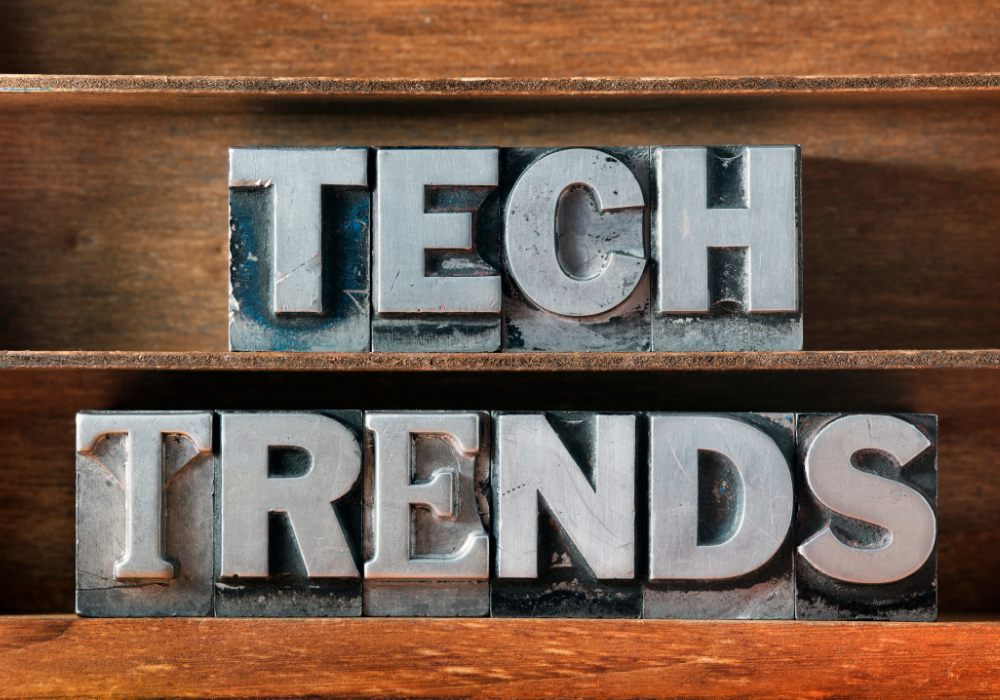
The last couple of years have seen some significant shifts in the financial markets trading technology landscape. The impact of the global pandemic has forced many firms within the sector to fundamentally reassess their operational environments, and to accelerate their digitalisation and cloud initiatives. Crypto and digital assets have continued their forward march, as interest from financial institutions grows. And we have seen a number of important mergers and acquisitions amongst technology firms in the last twelve months, including:
- Broadridge/Itiviti,
- Exegy/Vela,
- Symphony/Cloud9,
- VoxSmart/Greenkey,
- Options Technology/ACTIV Financial, and
- 7RIDGE’s recent acquisition of Trading Technologies.
So what does the future hold? Here we explore five hot topics that we expect to be high on the trading technology agenda for 2022.
Digital Assets
The world of digital assets has grown to encompass a vast range of instruments beyond pure cryptocurrencies, and financial institutions, across both the buy side and the sell side, have been paying increasing attention to the opportunities that digital assets offer from an investment and trading perspective. That attention will undoubtedly continue to grow.
What is perhaps more interesting to the institutional market is how digital assets – particularly in areas such as tokenisation, decentralised finance (DeFi) and smart contracts – have the potential to create smarter, more efficient markets, with less friction.
There are a number of challenges that still need to be addressed however, not least of which is how digital assets should be treated from a regulatory perspective. In the EU, the proposed MiCA (Markets in Crypto Assets) regulations aim to provide harmonised regulation, but there is less clarity in the US.
The lack of data standardisation is also a challenge, but this is starting to be addressed by organisations such as ANNA, ISO and FIX. And initiatives such as Wilshire’s Digital Asset Taxonomy System (DATS), will help the industry to categorize, manage and research digital asset technologies, which will fuel further growth.
As the market structure for digital assets evolves, exchanges, trading platforms, OMS & EMS vendors, and market data providers, will all be competing to service this nascent asset class. In 2022, we expect to see further innovation, many new developments and the appearance of a wide variety of new offerings, not just in terms of the assets themselves, but also in the market infrastructure surrounding them.
Learn more about the emerging market structure for institutional trading of digital asset by watching our recent webinar on the topic.
Exchanges in the CloudAs cloud adoption continues to gather pace across the financial markets industry, recent announcements from two of the world’s leading exchanges show that the future of exchange technology will almost certainly be cloud-based.
In November, CME announced a $1 billion investment from Google, and a 10-year strategic partnership, which will see the exchange migrating all of its markets and technology infrastructure to Google Cloud. Then in December, Nasdaq announced a multi-year partnership with Amazon Web Service (AWS), under which the exchange operator will move all its North American markets to the cloud.
From an exchange and trading technology perspective, these two announcements are pretty significant. There are many in the industry who have disputed the viability of exchanges running their ultra-low latency matching engines on the cloud. But Nasdaq is now building what it calls ‘the next generation of cloud-enabled infrastructure for financial markets’, and CME expects that its partnership with Google ‘will transform derivatives markets through technology’.
Following CME and Nasdaq’s lead, it’s highly likely that other exchanges will follow suit, so we should expect at least one more major exchange (possibly even two or three) to announce a cloud migration strategy and/or partnership with one of the big cloud service providers (CSP) in 2022.
Trading Technology Modernisation
In a recent A-Team webinar, an audience poll cited ‘legacy systems’ as one of the biggest challenges respondents face in the front office.
Trading technology infrastructure has in recent years been steadily moving away from traditional siloed, legacy, monolithic applications, towards the direction of more modern, open, modular frameworks, which leverage microservices architectures, DevOps and APIs. But there are still many front office solutions – both in-house and vendor supplied – that rely more heavily on the former rather than the latter.
How will that change in 2022? We expect more software vendors will offer API-ready components on a SaaS basis, rather than as monolithic, standalone applications, allowing firms to use APIs and low-code/no-code application development environments, to connect best-of-breed components together in a way that is highly scalable, flexible enough to accommodate ever-changing functional requirements, and rapidly deployable.
Front Office Outsourcing
One of the biggest trends we’ve seen over the last twelve months, particularly in US, is the growth of outsourced trading, where asset managers outsource their trading and execution activities to third parties, typically either specialist outsourced trading firms or sell-side firms (such as banks, brokers, custodians, etc) who offer such services.
For an asset manager, outsourced trading makes a lot of sense. Running a trading desk is a costly endeavour. And trade execution, in and of itself, does not generate alpha. With the margin pressures that buy-side firms face today, offloading such non-core activities to external specialists allows asset managers to focus on what they do best, i.e. asset management.
Although adoption of outsourced trading has been slower in UK and Europe than in US, that is now starting to change, with a growing number of outsourced trading providers now offering services across UK & EU, who are seeing significant levels of interest from buy side firms. We expect that growth to continue in 2022.
Desktop Interoperability
Our final hot trend to watch in 2022 is that of desktop interoperability, which is an area that has been attracting a lot of attention recently, particularly on the trading desk. Traders, who typically have multiple applications open across a bank of screens, often have to re-key information between apps, which in turn leads to workflow inefficiencies. The aim of desktop interoperability is to seamlessly integrate those desktop applications together, thus eliminating re-keying, reducing screen real-estate, and providing more automated workflow.
However, there are many challenges that need to be overcome in order to achieve full desktop interoperability, not least of which is difficulty of integrating legacy applications (see above). But industry initiatives such as the Financial Desktop Connectivity and Collaboration Consortium (FDC3), which provides a standard, vendor-neutral protocol for how desktop applications communicate with each other, offer much promise, by bringing together parties from across the financial markets sector. A growing number of industry firms and software vendors are now actively participating in FDC3, and we expect that growth to continue. Definitely one to keep an eye on.
Subscribe to our newsletter




